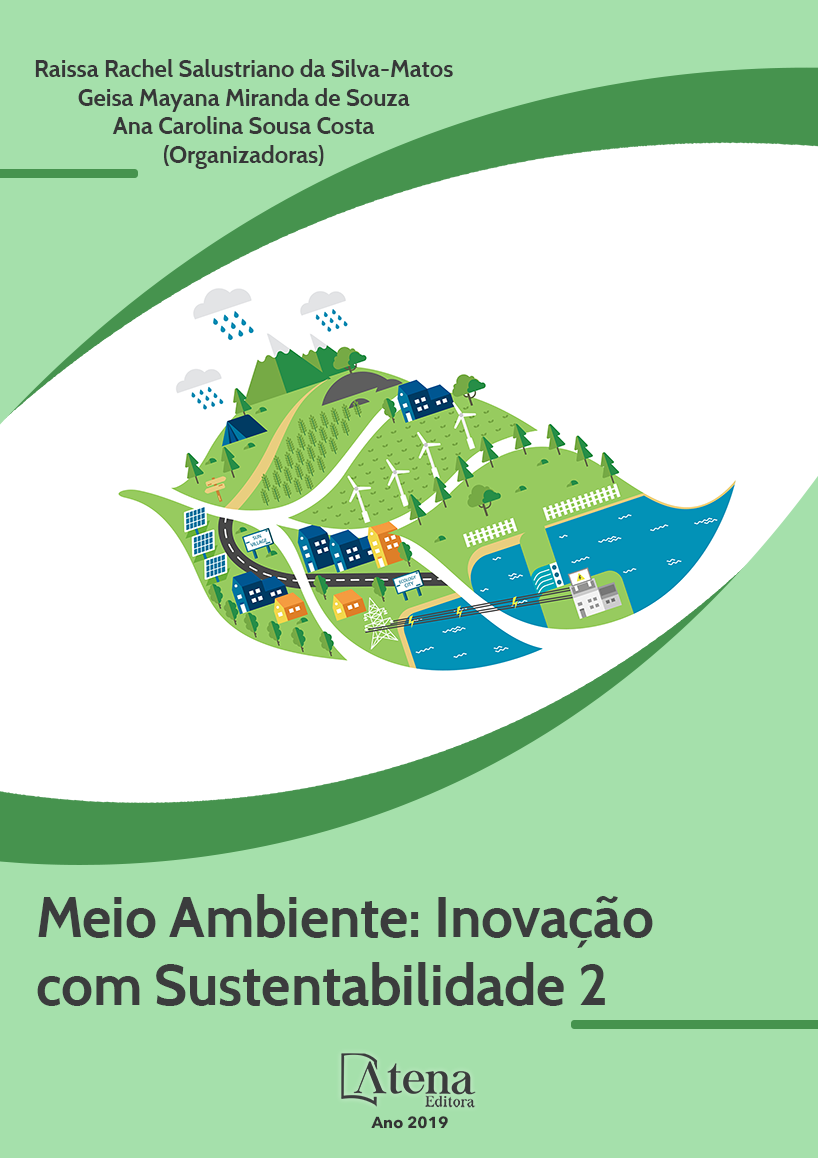
DIVERSIDADE DA FAUNA EPÍGEA SOB DIFERENTES COBERTURAS VEGETAIS NO JARDIM BOTÂNICO DA UFRRJ
A fauna epígea é considerada
um importante indicador ecológico atuando
em vários e relevantes processos no solo,
promovendo a manutenção dos serviços
ambientais. Diante disso, esse estudo busca
caracterizar a diversidade da fauna epígea,
por meio de índices ecológicos em diferentes
coberturas vegetais no Jardim Botânico da
Universidade Federal Rural do Rio de Janeiro.
Foram selecionadas três áreas em função da sua
disposição na paisagem. Área 1 (A1) localizada
na parte mais alta da paisagem caracterizada
pela presença de cobertura florestal e de textura
argilosa na camada superficial; Área 2 (A2)
localizada na parte intermediária da paisagem é
caracterizada pela predominância de Poaceae
(gramíneas) e a Área 3 (A3), localizada na
parte mais baixa, apresenta solos de textura
arenosa em superfície e com espécies
florestais. Para coleta dos organismos utilizouse
o método de armadilhas Pitfalls, instalandose
5 armadilhas por área nas estações de
Outono e Primavera. Foram registrados 25
diferentes grupos taxonomicos, sendo Blattaria,
Chilopoda, Dermaptera, Isoptera, Psocoptera e
Thysanoptera registrados somente no Outono
e Oligochaeta e Symphypleona registradas
somente na Primavera. O grupo Formicidae foi
o mais representativo independente da área
ou estação do ano. Foi observado uma maior
similaridade entre A1 e A3 quando comparado
com A2. A diversidade de organismos registrada
em diferentes coberturas vegetais indica a
importância dos mesmos para a manutenção e
qualidade do solo do Jardim Botânico
DIVERSIDADE DA FAUNA EPÍGEA SOB DIFERENTES COBERTURAS VEGETAIS NO JARDIM BOTÂNICO DA UFRRJ
-
DOI: 10.22533/at.ed.4611901108
-
Palavras-chave: bioindicadores, fauna do solo, armadilha pitfall
-
Keywords: bioindicators, soil fauna, pitfall trap 1
-
Abstract:
The epigeal fauna is considered an important ecological indicator acting in
several and relevant processes in the soil, promoting the maintenance of environmental
services. Therefore, this study seeks to characterize the diversity of the epigeal fauna
through ecological indexes, in different vegetation coverages in the Botanical Garden
of the Federal Rural University of Rio de Janeiro. Three areas were selected according
to their layout in the landscape. Being Area 1 (A1) located in the highest part of the
landscape characterized by the presence of forest cover and clayey texture in the
superficial layer; Area 2 (A2) located in the middle part of the landscape is characterized
by the predominance of Poaceae (grasses) and Area 3 (A3), located in the lower part,
presents sandy soils on surface and with forest species. For the collection of the
organisms the Pitfalls trap method was used, installing 5 traps per area in the Autumn
and Spring seasons. There were 25 different taxonomic groups were recorded, being
Blattaria, Chilopoda, Dermaptera, Isoptera, Psocoptera and Thysanoptera recorded
only in the autumn and Oligochaeta and Symphypleona recorded only in Spring. The
group Formicidae was the most representative independent of the area or season of the
year. A higher similarity was observed between A1 and A3 when compared to A2. The
diversity of organisms registered in different vegetation cover indicates the importance
of the same for the maintenance and quality of the soil of the Botanical Garden.
-
Número de páginas: 15
- Marcos Gervasio Pereira
- Douglath Alves Corrêa Fernandes
- Raíssa Nascimento dos Santos
- Rafaela Martins da Silva
- Rafaele Gonçalves da Silva
- Wilbert Valkinir Cabreira
- Sandra de Santana Lima


